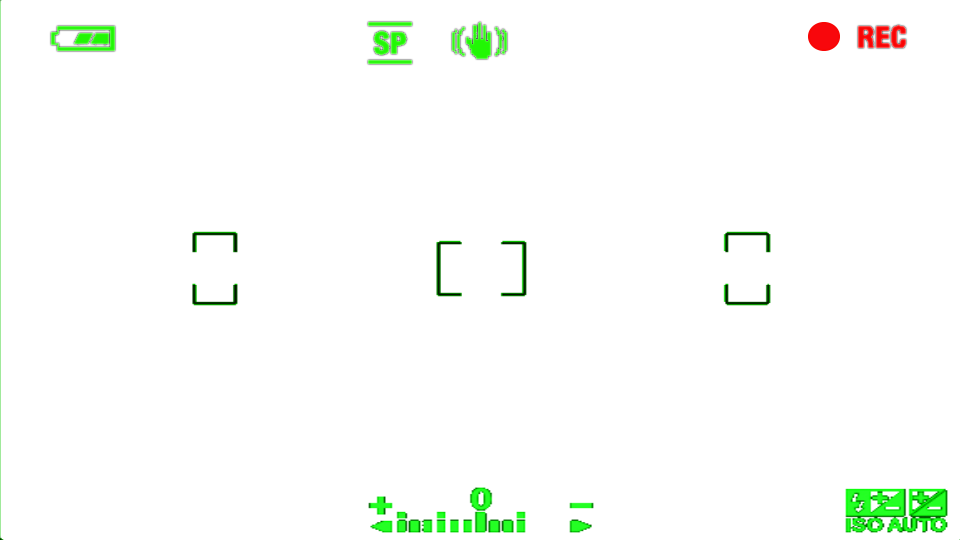

- #Vegas pro video format render mp4
- #Vegas pro video format render full
- #Vegas pro video format render professional
Both sites will re-process your video, and you need robust files so that your video comes out looking as good as it can. The higher the bit rate, the higher the quality, and you will want the highest quality possible.
#Vegas pro video format render professional
They will also accept advanced, professional codecs such as ProRes422 (HQ) and H.265 (HEVC).įor either, you want to use a high bit rate, at least 10,000,000 to 20,000,0p, or 30,000,000 to 60,000,000 for UHD video, especially if you’re using a fast frame rate like 60 fps. Vimeo prefers H.264 files with either *.mp4 or *.mov (Apple QuickTime) extensions. YouTube prefers the H.264 codec with the *.mp4 format extension. Both YouTube and Vimeo list their recommendations for creating files for upload to those sites.
#Vegas pro video format render mp4
The most common online streaming sites prefer MP4 files. As mentioned above, 30 fps is something in between. Do you want it to look fictional, like movies or TV? Choose a slower frame rate like 24 fps or 25 fps. Do you want it to look live news or sports? Choose a faster frame rate like 50 fps or 60 fps. AVCHD files are usually already in the format most streaming services recommend for upload, so you will be able to deliver your footage with no need to convert to another format.Īs for frame rate, choose it based on how you want your footage to look, what feel you want it to have. If you need to record for a long period of time without stopping, a lower-quality format may be your answer, especially if you only plan to do light editing or no editing at all. For that, you’ll want a higher bit rate, a higher bit depth, higher color sampling, and a higher resolution.īut high quality means larger file sizes, which means your media cards will fill up faster, and you will have shorter recording times. You also probably want higher quality if you’re planning to transcode the footage, i.e., convert it to another format – which you may want to do at the end of your editing. You want high quality if you plan to do a lot of heavy editing with the footage, adding FX, doing color correction or grading, compositing/greenscreen, enlargements, reductions, picture-in-picture, etc. Lower-quality video will usually have smaller file sizes. The higher the quality – the higher the resolution, the higher the color depth, the higher the bit rate, using HDR – the larger the file size. The choice between formats when shooting usually comes down to quality vs. You may also only be able to access certain frame rates with certain codecs. For example, if a camera offers a choice between AVCHD and MP4, chances are, AVCHD will be lower-quality and offer smaller frame sizes, while MP4 may offer larger frame sizes and more choices when it comes to frame rates, bit depth, and color sampling. The main differences between codecs here will be file size, and whether you can access a lot of different options like frame rate, bit rate, color sampling, and bit depth. You may get to choose the specific codec you want to record in. It will usually record to a preset codec which you can’t change.Ī video camera, including a DSLR, may give you many more choices.
#Vegas pro video format render full
When shooting video, you may or may not have a lot of control over what format you shoot, depending on the kind of camera you’re using.Ī phone camera will usually give you a few choices: resolution/frame size (usually Full HD or UHD), frame rate, and possibly High Dynamic Range (HDR).


 0 kommentar(er)
0 kommentar(er)
